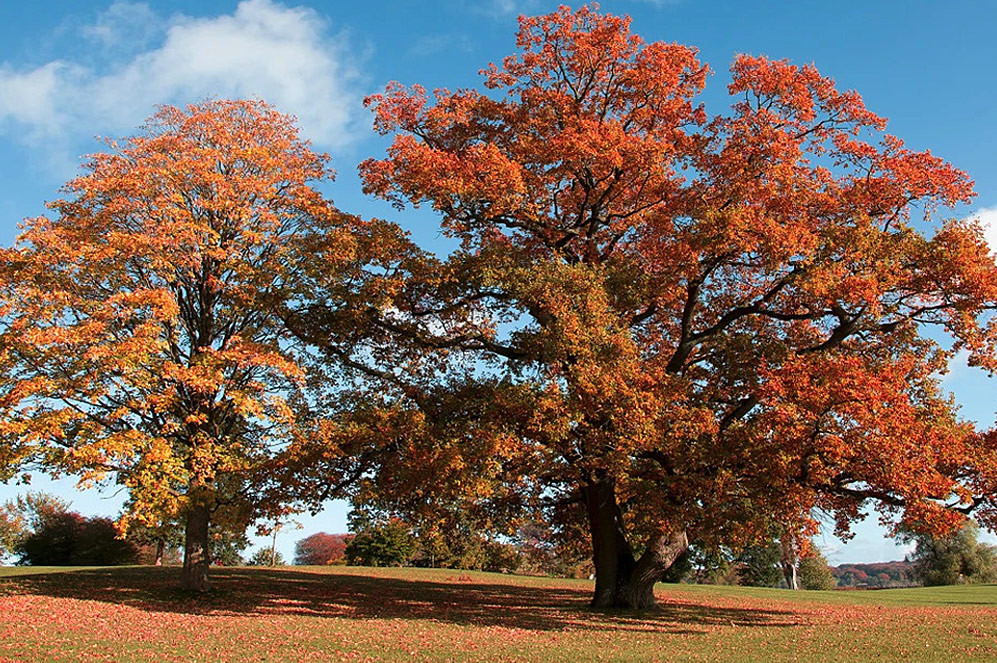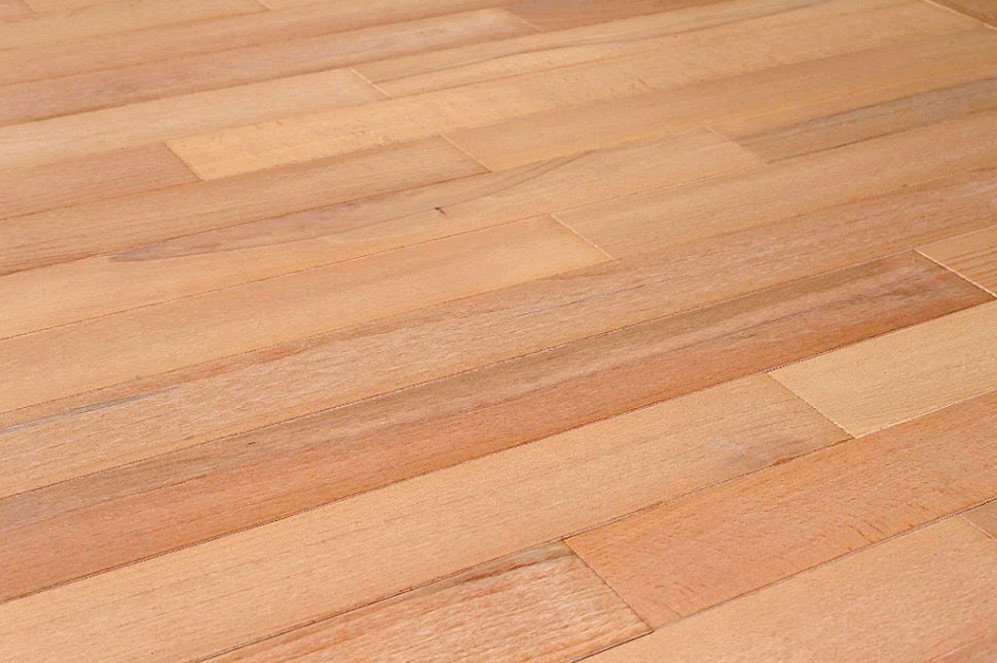is currently the second most popular tree species after ash, mainly due to its grain and porosity, which allows its grain to be further enhanced by brushing and the use of suitable coloration, or even by combining different colors in the pores and on the surface. Of all the domestic woods, oak copes best with changes in humidity indoors. Thanks to its stability, it is primarily manufactured in thicknesses of 15 mm. Unfortunately, all these properties and the increasingly limited availability also make oak one of the most expensive domestic woods. Oak can be colored in a nearly unlimited range of hues, with the most common choice being its traditional natural shade, which complements any traditional or modern interior decor. Recently, subtly tinted pastel shades or surface finishes that perfectly imitate dry, unprocessed wood have also come to the forefront.
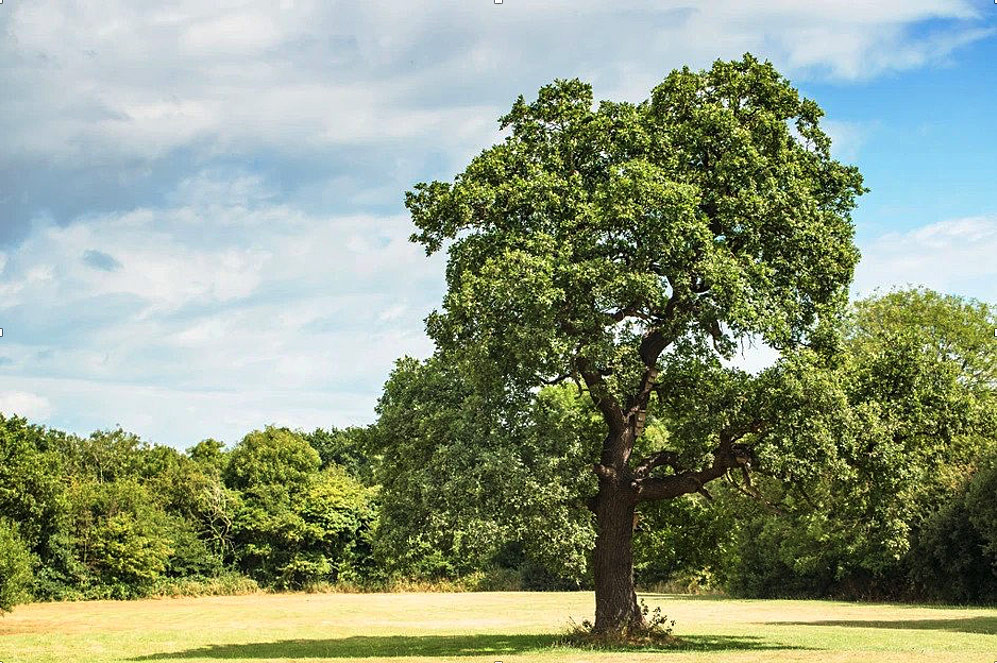
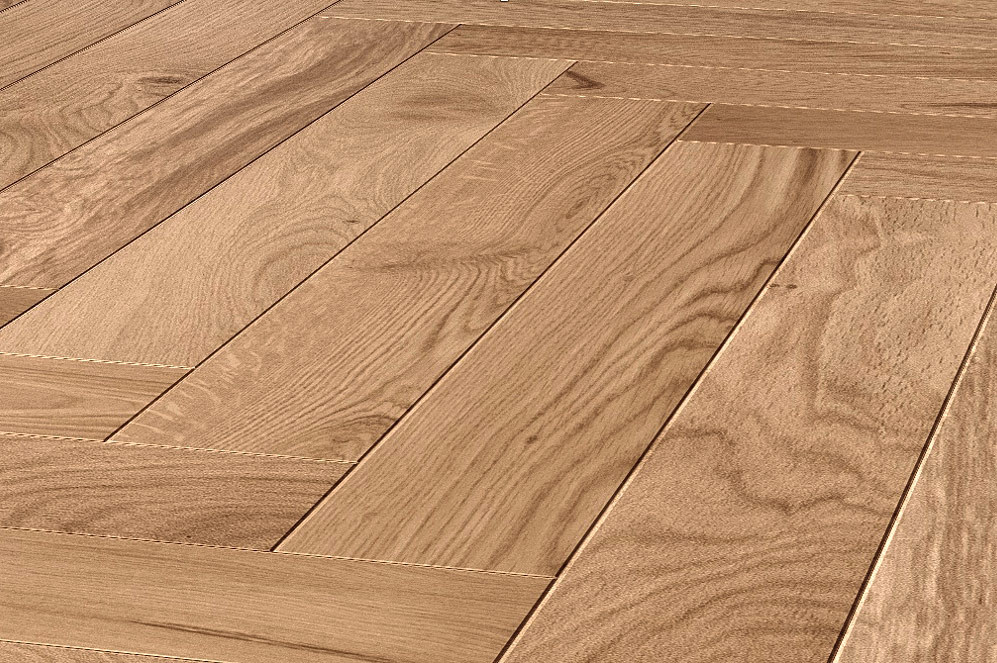
is strong, hard, and the most flexible of our trees. Its natural color is creamy white, with a wide, light yellow sapwood and a grayish-brown heartwood. The grain of the wood is not formed as much by porosity as is the case with oak, but its coloration, which is beautifully pronounced across the growth rings. The heartwood can be up to dark brown and irregularly defined. Unlike oak wood, ash wood has a wider sapwood section, and the medullary rays or so-called "mirrors" are not visible. Compared to oak, ash flooring is more colorful, but in terms of natural defects (such as knots, etc.) cleaner and less rustic. Ash flooring is becoming increasingly popular alongside oak flooring, especially for its quality, durability, strength, and unique appearance. Coloration can significantly suppress or enhance the color of ash, depending on the customer's taste. It is manufactured in thicknesses of 14/20 mm and up to 152 mm in width.
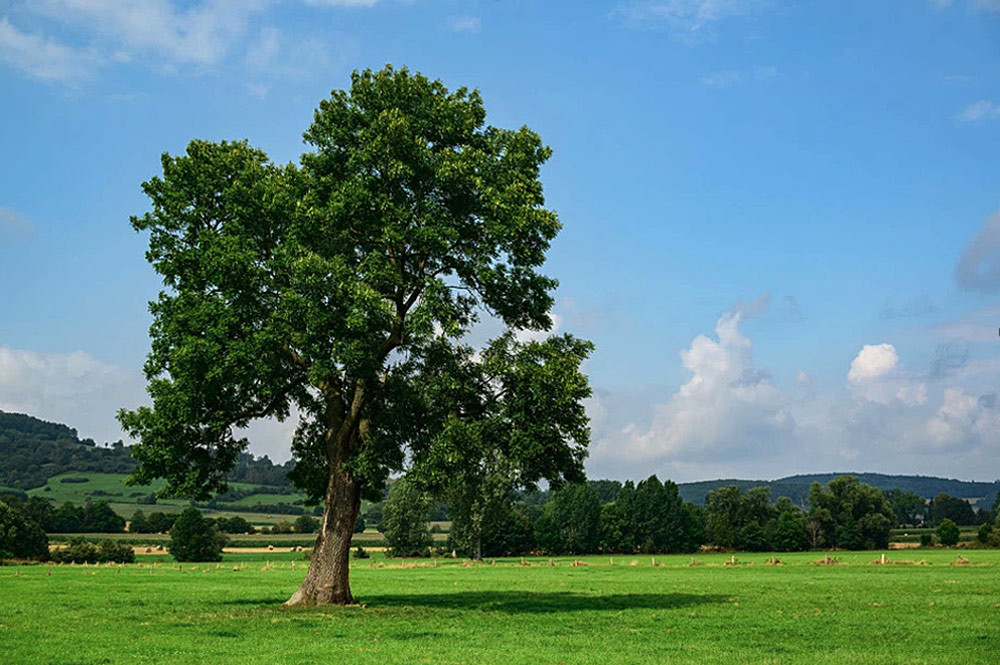
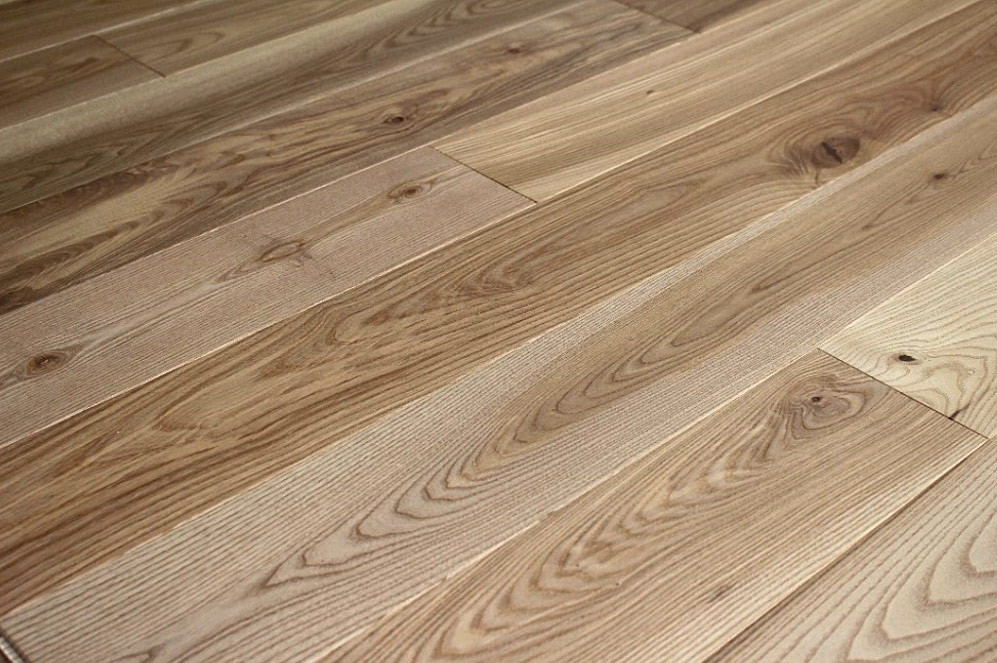
It is a hard wood with a lighter shade that can be light brown. In older trees, it can even be pinkish, which is typical of the so-called steamed beech. Among deciduous trees, it has historically been the most commonly used wood in furniture and flooring production, which has somewhat diminished its attractiveness today. However, it is still an interesting alternative when a suitable tone is chosen. Due to its availability, it is now among the most affordable hardwood flooring options. Its low knottiness and porosity make it a popular choice for customers seeking visually clean (non-rustic) floors. Due to its lower resistance to moisture changes, it is typically only produced in widths up to 90 mm for solid wood flooring. It is available in many color variations, which often appeals to customers who have shied away from beech due to its frequent use and association with traditional parquet flooring.
